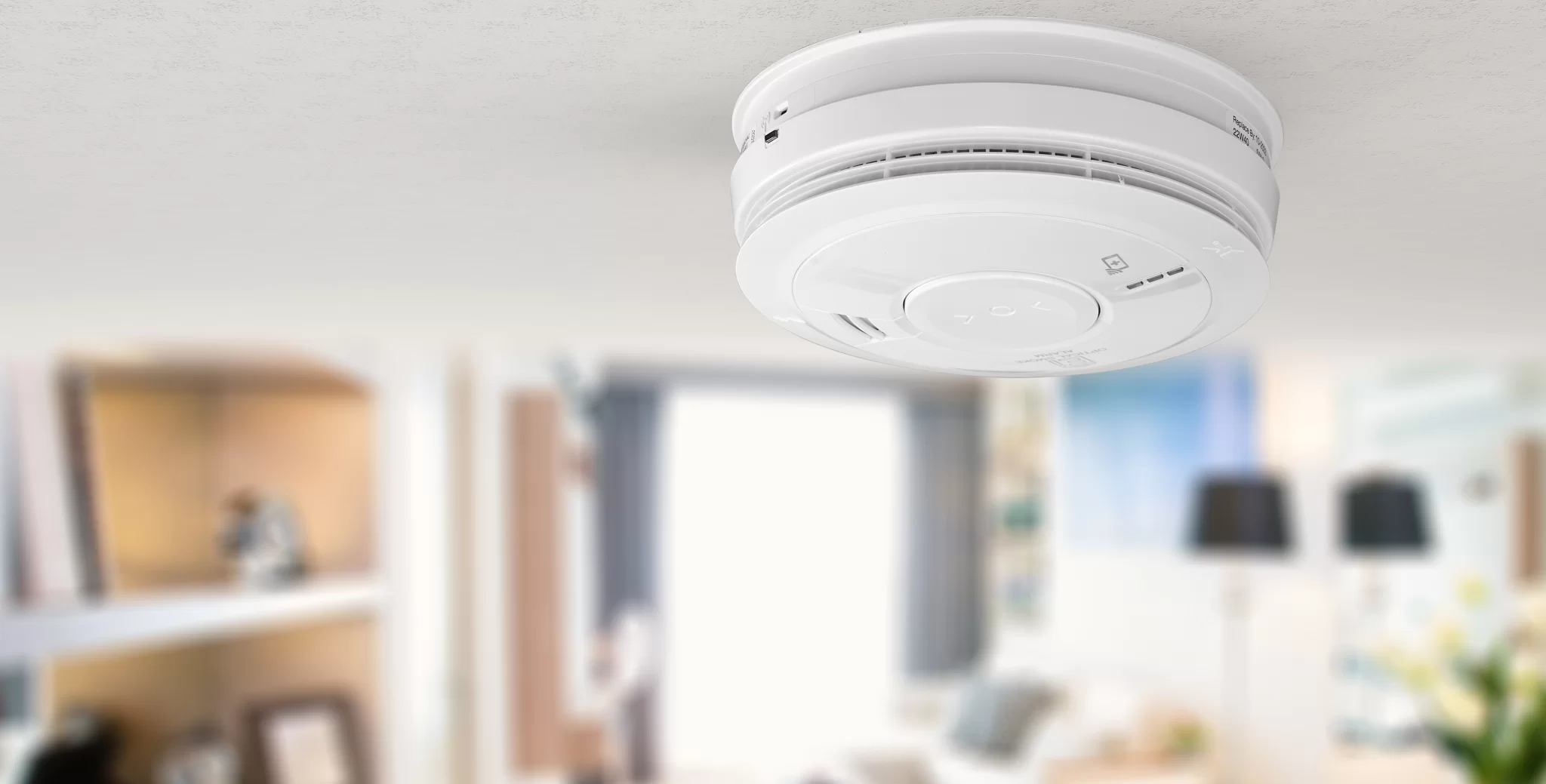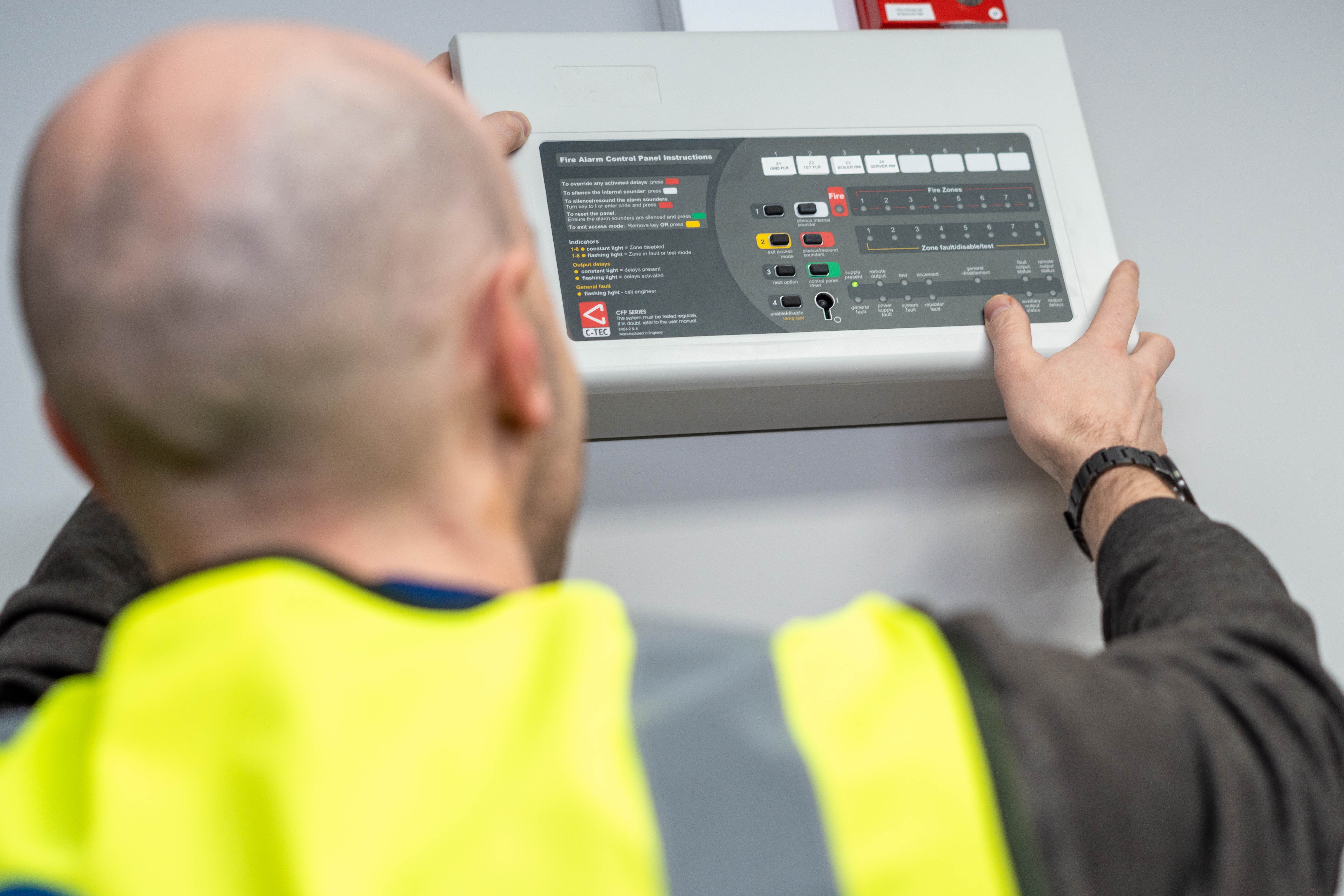BS 9991: What You Need to Know About the 2024 Updates

During November 2024, key updates to BS 9991 came into effect, marking a shift in fire safety standards for residential buildings. BS 9991:2024 Fire Safety in the Design, Management and Use of Residential Buildings – Code of Practice was published and came into effect on 27th November 2024 and supersedes BS 9991:2015. This blog explains the standard, explores the changes, their purpose, and the differences between BS 9991 and other guidance such as Approved Document B. Ventro will be hosting a webinar on these changes as well as the planned amends to Approved Document B which go live in March 2025.
What is BS 9991, and What Does it Cover?
BS 9991 is a British Standard providing fire safety guidelines specifically for residential buildings, including flats, apartments, and houses. It outlines strategies for fire prevention, detection, evacuation, and control to ensure the safety of residents and building compliance. This standard supplements broader fire safety regulations by addressing the unique needs of residential environments.
Why is BS 9991 Being Updated?
Updates to BS 9991 reflect evolving fire safety challenges, technological advancements, and lessons learned from the recent Grenfell Phase 2 Report. The revisions aim to enhance clarity, improve safety measures, and ensure the standard aligns with contemporary construction methods and residential building practices.
What are the updates to BS9991?
- The scope now includes residential care homes, with specific fire safety provisions for vulnerable occupants introduced in a new Section 10.
- Due to insufficient evidence supporting other suppression systems, the standard now references only sprinkler systems.
- Revised height thresholds for mandatory sprinkler installations, alongside new guidance for single-stair buildings.
- Enhanced guidelines focusing on smoke control measures and detailed evacuation lift designs for tall buildings.
- Modernised fire classification systems, incorporating European standards for fire doors and reaction-to-fire classifications for load-bearing structures.
- Explicit exclusions on timber have been removed, with the scope now limited to reflect evidence regarding the use of mass timber in medium and high-rise residential buildings.
- Updates emphasising inclusive fire safety management, including the preparation of personal evacuation plans for those requiring assistance.
- Refined guidance on ancillary spaces and kitchen designs to align with the latest standards.
Sign Up to Ventro Webinar to Learn More

Ventro will be hosting a webinar on the 31st Jan 2025 to explore the recent updates to BS 9991 in detail, as well as the planned amendments to Approved Document B, which are set to go live in March 2025. This session is designed to help industry professionals stay informed about recent changes to standards. Don’t miss this opportunity to gain detailed insights and practical advice from fire safety experts.
Who is BS 9991 For?
BS 9991:2024 is essential for a wide range of professionals involved in the design of new buildings, as well as material alterations, extensions, and changes of use to existing buildings. Standard users include:
- Designers and Architects: BS 9991 provides a clear and authoritative guide to integrating fire safety into the design process, ensuring buildings incorporate the latest fire safety technologies and methods.
- Fire Safety Engineers and Risk Assessors: The revised standard offers detailed guidance on fire safety risk assessments and updated methodologies to address emerging challenges.
- Building Owners and Managers: Following BS 9991 helps maintain legal compliance, reduce liability, and ensure the protection of residents and properties during a fire.
- Fire and Rescue Services: BS 9991 aids fire services by standardising design and operational procedures, making firefighting and rescue operations more efficient and effective.
British Standards vs Approved Document B
BS 9991 is a detailed, flexible standard offering tailored fire safety solutions for residential properties. In contrast, Approved Document B (ADB) provides prescriptive fire safety requirements in order to meet the requirements of Building Regulations for England. While ADB serves as the minimum compliance framework, BS 9991 allows for innovation and alternative approaches to fire safety design. Notably, plans are underway to review ADB, with the government set to review the effectiveness of the Approved Documents. 
The updates to BS 9991, effective 27th November 2024, strengthen fire safety measures for residential buildings, addressing modern challenges and enhancing protection for occupants. Understanding these changes is crucial for compliance and safety. Ventro is hosting a webinar on 31st January 2025, which will review the updates to BS 9991 and the recent changes to Approved Document B.
Register now for the first Ventro Webinar of 2025.
Sign up for fire safety updates
You'll receive all the latest news and blogs straight to your inbox.





